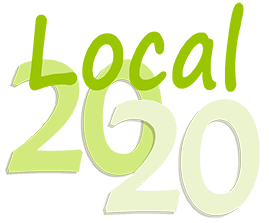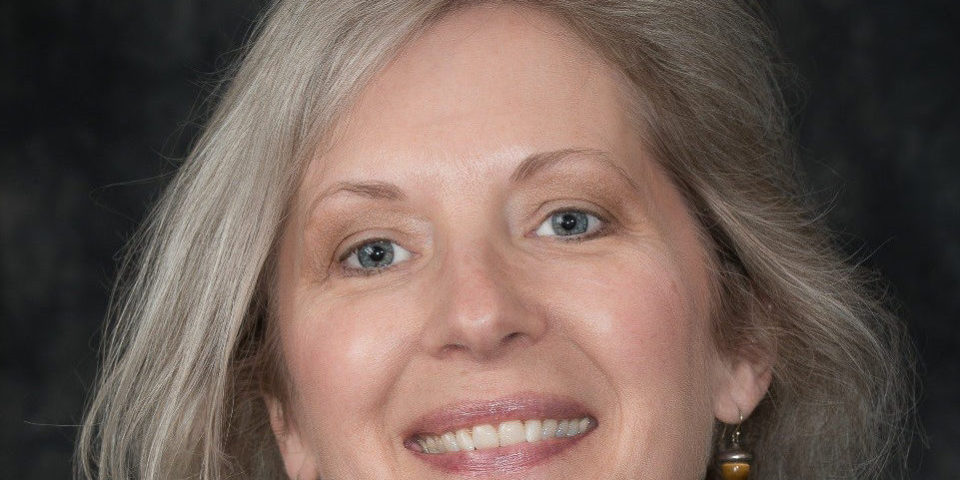Here is Local 20/20’s regular Resilience Review column in the Port Townsend Leader, published 10/28/20. Thank you PT Leader!
On Fire
By Cyndy Bratz
Ever try to light a fire with wet kindling? That used to be the environmental conditions that protected our forests west of the Cascades from frequent, large fire. Naturally occurring fires usually burned smaller areas (smaller than what we are seeing now) and often did not travel far in our moist forests. Now, however, climate change has increased our average air temperature by 1.5 degrees F since 1920 here in the northwest. Scientists have known for many years that rising atmospheric temperatures will increase aridity, lower soil moisture and cause drier forest conditions. A drier forest means drier fuels, so wildfire rages further and stronger than ever before.
The California wildfires have been disturbing enough for years now. In Washington more than 713,000 acres burned this year, including several on the Olympic Peninsula, setting a new record. I moved up here from Oregon, where more than 1,000,000 acres burned this year, and several friends were evacuated. With 40,000 fire evacuees in Oregon west of the Cascades, hotels were full and my friends were searching for a place to stay. We all developed fire anxiety. The fires were moving so fast that with one more day of high winds, fire would have engulfed Portland and Salem. Climate researchers project that wildfire risk will increase significantly this century, most of it west of the Cascades where the most fuel is. How fast and how significant this increase will be depends on how we reduce our greenhouse gas emissions.
For every wildfire, there is a search for the cause. Nearly 85% of wildland fires in the US are started by humans (https://www.nps.gov/articles/wildfire-causes-and-evaluation.htm). But nowadays it’s not the spark that matters, it’s the kindling. It’s the hotter, drier conditions with unstable air masses that are making fires that start small more likely to rage into megafires. A recent Washington Post article entitled, “This is how we know climate change is making wildfires worse.” explains how catastrophic blazes are spreading in forests that don’t usually burn.
When I suggest to friends that we need to make deep, significant reductions in our carbon footprints, as recommend in the 2018 IPCC Special Report, I am frequently met with conditional agreement that yes, the government needs to do it, other nations need to do it, action is needed. But each friend comes up with a reason why they personally don’t need to act.
Our brains use shortcuts, called cognitive biases, to make quick decisions. One of the reasons why we don’t take action to reduce our greenhouse gas emissions is what psychologists call plan continuation bias. We have habits that require burning fossil fuels. When bad news comes in, such as climate change is increasing wildfire risk, that should make us rethink. But instead our tunnel vision only narrows. The bad news makes us redouble our focus on our habitual behavior, even though we know it is not sustainable. We look to others, to see what they’re doing. Yes, this cognitive bias is influenced by the behavior of others. This is why it is so important, for those of us who are ready, to act. Some actions are low cost or free – reduce air travel, eat less beef. Some have a cost: consider an electric vehicle if you are shopping for a new vehicle, consider installing a heat pump or weatherizing your home. We can do this. The sooner we act, the lower the risks and costs (/).
Cynthia Bratz, P.E., is an environmental engineer with expertise in clean water, sustainability and environmental engineering. She is a LEED-accredited professional, Envision sustainability professional, and is a member of the Local 20/20 Climate Action Group.








